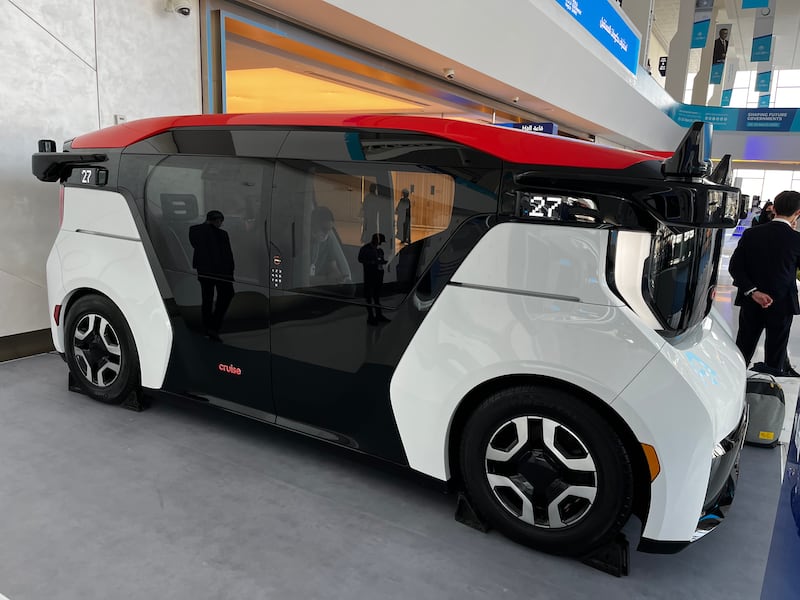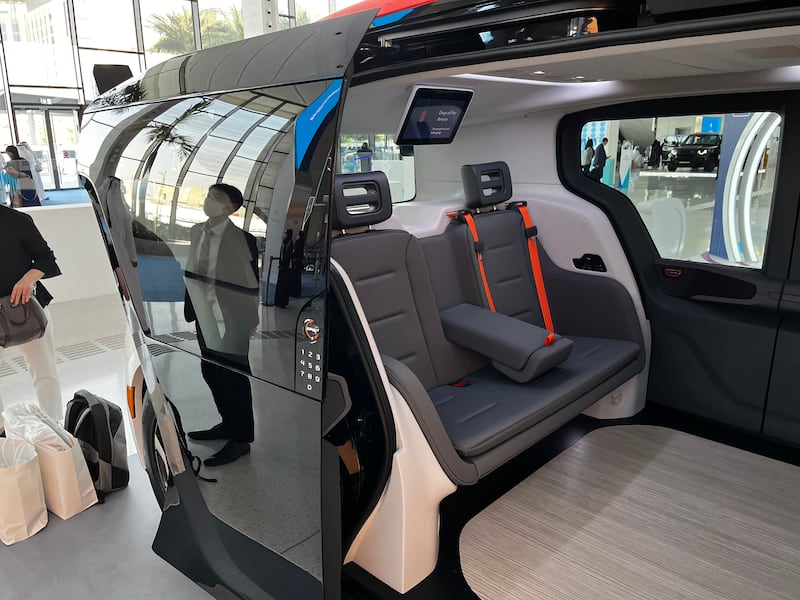Dubai transport chiefs are lasering in on a better way to assess the condition of the emirate's roads and help ensure smooth journeys for motorists.
Cutting-edge laser devices attached to Roads and Transport Authority patrol vehicles are mapping out highways to detect cracks, potholes, loosening of asphalt surfaces and other damage in need of repair.
The initiative has helped to greatly reduce the time required for field inspections to monitor road conditions.
Data gathered during road tours is analysed and used to help guide maintenance and repair schedules, ensuring those roads in most need of work are attended to first.
Maitha bin Adai, chief executive of the traffic and roads agency at the RTA, said advanced technology had a key role to play in strengthening efficiency and boosting road safety.
“It helps to track and examine paving layers for all types of roads, as well as record the current condition and identify damages that occur in the paving layers during the operational cycle of paving, including data related to the date of construction, operational status and maintenance procedures,” said Ms bin Adai.
Although road surfaces are equipped to deal with the UAE's climate, searing summer temperatures as well as a high volume of traffic can eventually take their toll.
The RTA carries out regular maintenance work.
Improvement works have been carried out on key routes such as Sheikh Zayed Road, Sheikh Mohamed bin Zayed Road and Dubai-Al Ain Road.
Technology driving progress
The RTA is embracing technology in an effort to enhance its operations.
It announced last week that Dubai's first autonomous electric wooden abra had hit the waters to support efforts to cut carbon emissions and boost the emirate's self-driving transport goals.
The revamped vessel has embarked on its first journey from Al Jadaf Station to the Festival City Station on Dubai Creek as part of a trial run.
The abra, which can carry eight passengers, was manufactured at Dubai's Roads and Transport Authority's Al Garhoud Marine Maintenance Centre.
The design aims to preserve the traditional look of the popular boats, which remain a familiar sight cruising on Dubai Creek, while embracing a transport vision of the future.
In April, a fleet of five electric cars mapped out the roads of Dubai to help drive forward ambitious plans for the introduction of autonomous public transport in the emirate.
The Chevrolet Bolts drove around Jumeirah 1 to test technology and gather data on traffic signals, road signs and drivers' behaviour.
It is hoped wider adoption of autonomous vehicles will greatly reduce road accidents.
By 2030, it is expected that 4,000 driverless taxis will be in operation in Dubai.
Dubai plans for 25 per cent of all journeys to be made using autonomous transport by the start of the next decade.










